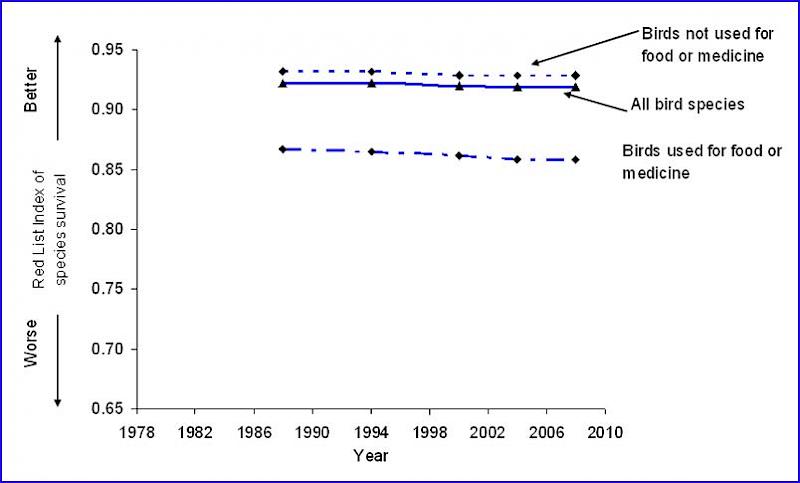Trapping for food threatens rare Asian bird
Cambridge, UK, 19th August 2010—The Spoon-billed Sandpiper, one of the world's most threatened birds, is rapidly heading towards extinction because young birds are being targeted for human consumption.

Spoon-billed Sandpipers nest only in the far north-east of Russia. In 2000, around 1,000 breeding pairs were known, but by 2009, the number had plummeted to just 120–220 pairs, a decline of 88%.
During that time, adult survival appeared unchanged and breeding success was reasonable, but the recruitment of young birds back into the adult population was zero in all but one of the years studied.
Now an international team of scientists has discovered the apparent reason behind the dramatic decline and why young birds are particularly at risk.
First, the team had to find where the birds spent the winter months.
In both 2009 and 2010, the team located around 200 Spoon-billed Sandpipers—the majority of the world population—wintering in Myanmar, most of them in the Bay of Martaban where local people target wading birds for food.
“For a species with such a small known population, it is likely that hunting in the wintering area is the major cause of the species’s decline,” said Christoph Zöckler of ArcCona, a Cambridge-based Consultancy and member of the international team.
The problem is exacerbated because young immature birds are more likely to be caught and spend the whole of their first year on the wintering grounds.
During the monsoon season (May-September), when adult Spoon-billed Sandpipers are far away on their breeding grounds, birds are particularly targeted by local hunters because fishing becomes difficult.
“The unintentional targeting of young Spoon-billed Sandpipers during the summer months explains the lack of recruitment of new birds into the breeding population,” said Zöckler.
To prevent the Spoon-billed Sandpiper’s extinction urgent action is needed, both to find ways to give local people economic alternatives to hunting birds and to persuade hunters to release any sandpipers they catch.
“Without such action, the world will lose one of its most charismatic birds,” said Zöckler.
TRAFFIC and IUCN, in conjunction with BirdLife International, have been developing indicators to monitor trends in the status of species used for food and medicine and have published a factsheet on this work.
They show that birds and mammals used for these purposes are generally more threatened than those that are not.
Overall, 12% of all bird species are globally threatened with extinction, but a much higher percentage—23%—of those used for food and medicine are under threat.
TRAFFIC's work on indicators is being showcased this week at the EcoHealth 2010 Conference, the biennial conference of the International Association for Ecology and Health (IAEH) currently underway in London, UK.





